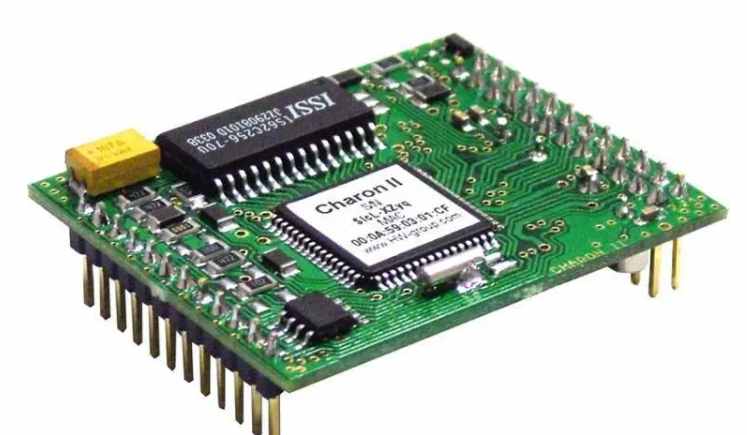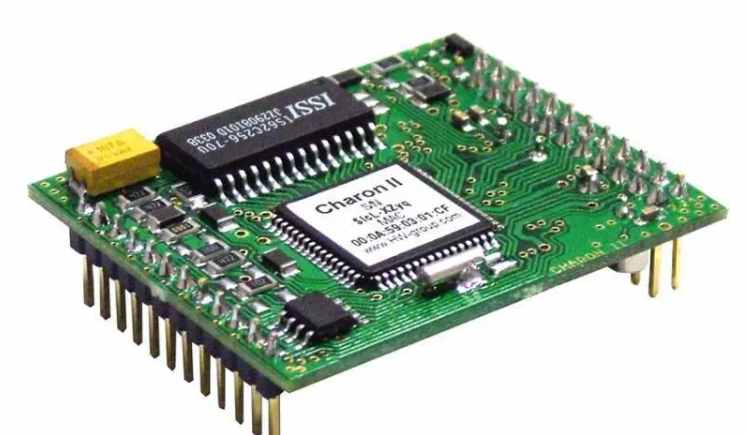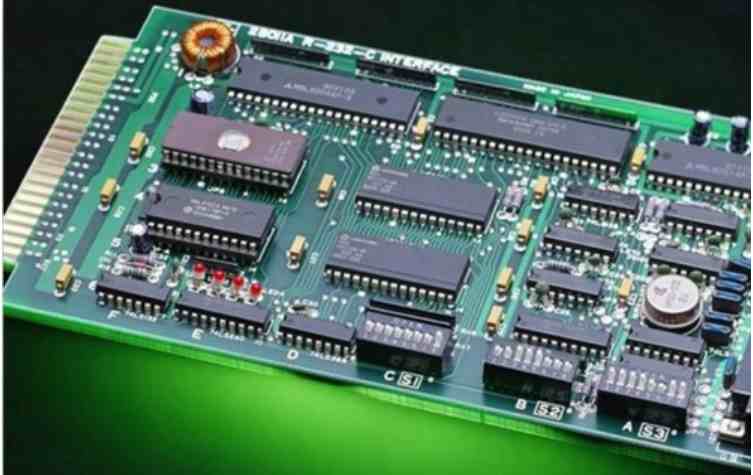
As the carrier of various components and the hub of circuit signal transmission, PCB has become the most important and key part of electronic information products. Its quality and reliability level determine the quality and reliability of the whole equipment.
With the miniaturization of electronic information products and the environmental requirements of lead-free and halogen-free, PCB is also developing towards high density, high Tg and environmental protection. However, due to the reasons of cost and technology, a large number of failure problems appear in the process of production and application of PCB, which leads to a lot of quality disputes. In order to find out the cause of failure so as to find a solution to the problem and distinguish the responsibility, the failure case must be analyzed.
Basic procedures for failure analysis
To obtain the exact cause or mechanism of PCB failure or defect, the basic principles and analysis process must be followed, otherwise valuable failure information may be missed, resulting in failure of the analysis or the wrong conclusion may be obtained. The general basic process is to first determine the failure location and failure mode based on the failure phenomenon through information collection, functional testing, electrical performance testing and simple appearance inspection, that is, failure location or fault location.
For a simple PCB or PCBA, the failure site can be easily identified. However, for a more complex BGA or MCM packaged device or substrate, the defect is not easily observed through a microscope. In this case, other means are needed to determine the defect.
Then the failure mechanism analysis should be carried out, that is, the mechanism of PCB failure or defects should be analyzed by various physical and chemical means, such as welding, contamination, mechanical damage, wet stress, medium corrosion, fatigue damage, CAF or ion migration, stress overload and so on.
Then there is failure cause analysis, which is based on failure mechanism and process analysis to find the cause of failure mechanism. If necessary, test verification should be carried out as often as possible, through which accurate cause of induced failure can be found.
This provides a target-oriented basis for further improvement. Finally, the failure analysis report is prepared according to the test data, facts and conclusions obtained in the analysis process. The report is required to have clear facts, strict logical reasoning and strong organization, and avoid imagination.
In the process of analysis, attention should be paid to the basic principles of using analysis methods from simple to complex, from the outside to the inside, from never destroying the sample to using destruction. Only in this way can we avoid the loss of critical information and the introduction of new artificial failure mechanisms.
Just like a traffic accident, if one party of the accident damages or flees from the scene, it is difficult for the wise police to make accurate identification of responsibility. At this time, traffic laws generally require the party who flees from the scene or destroys the scene to take full responsibility.
The failure analysis of PCB or PCBA board is the same. If an electric soldering iron is used to repair the failed solder joint or a large scissors is used to cut the PCB forcefully, then there is no way to start the analysis. The failure site has been damaged. Especially in the case of few failure samples, once the environment of the failure site is damaged or damaged, the real cause of failure cannot be obtained.
Failure analysis technique
Optical microscope
The optical microscope is mainly used to inspect the appearance of PCB, find the failure site and related material evidence, and preliminarily judge the failure mode of PCB. Appearance inspection mainly checks PCB contamination, corrosion, the location of burst board, circuit wiring and the regularity of failure, such as batch or individual, is always concentrated in a certain area and so on.
X-ray (X-ray)
For some parts that cannot be inspected by appearance, as well as the through hole inside the PCB and other internal defects, X-ray fluoroscopy system has to be used for inspection.
X-ray perspective system is the use of different material thickness or different material density to X-ray moisture absorption or permeability of different principles to image. This technique is more commonly used to check for defects inside PCBA solder joints, through hole internal defects, and defect spot positioning in high-density packaged BGA or CSP devices.
Slice analysis
Slice analysis is the process of obtaining the cross-section structure of PCB by a series of means and steps such as sampling, Mosaic, slice, polishing, corrosion and observation. Through slice analysis, we can get rich information about the microstructure of PCB(through hole, coating, etc.) quality, which provides a good basis for the next step of quality improvement. But this method is destructive, and once sliced, the sample must be destroyed.
Scanning acoustic microscope
At present, C-mode ultrasonic scanning acoustic microscope is mainly used for electronic packaging or assembly analysis. It uses the amplitude, phase and polarity changes generated by the reflection of high-frequency ultrasonic waves on the discontinuous interface of materials to image. The scanning mode is to scan the X-Y plane information along the Z-axis.
Therefore, the scanning acoustic microscope can be used to detect components, materials and PCB and PCBA internal defects, including cracks, delamination, inclusions and voids. If the frequency width of the scan acoustics is sufficient, the internal defects of the solder joint can also be detected directly.
A typical scanning acoustic image is a red warning color to indicate the existence of defects. As a large number of plastic packaged components are used in SMT process, in the process of converting from lead to lead-free process, a large number of moisture reflux sensitive problems will occur, that is, hygmoscopic plastic sealing devices will appear internal or substrate delamination cracking during reflux at a higher lead-free process temperature. In the high temperature of lead-free process, common PCB will often appear the phenomenon of board explosion.
At this point, scanning acoustic microscope shows its special advantage in nondestructive detection of multilayer high density PCB. And the general obvious explosion plate is only through the visual appearance can be detected.
Microinfrared analysis
Microscopic infrared analysis is the analysis method combining infrared spectrum and microscope. It uses the principle of different materials (mainly organic matter) absorption of infrared spectrum to analyze the composition of materials. Combined with the microscope, visible light and infrared light can be the same optical path, as long as in the visible field of view, you can find to analyze trace organic pollutants.
Without the combination of a microscope, usually infrared spectroscopy can only analyze a large sample size. In many cases of electronic technology, trace pollution can lead to poor weldability of PCB pad or lead pin. It can be imagined that it is difficult to solve process problems without the infrared spectrum of the microscope. The main purpose of micro-infrared analysis is to analyze the organic pollutants on the surface of the welded surface or solder joint, and to analyze the causes of corrosion or poor weldability.
Scanning electron microscope analysis (SEM)
Scanning electron microscope (SEM) is one of the most useful large electron microscopic imaging systems for failure analysis. It is most commonly used for morphological observation. Currently, the function of scanning electron microscope has been very powerful, and any fine structure or surface characteristics can be magnified to hundreds of thousands of times for observation and analysis.
In the failure analysis of PCB or solder joint, SEM is mainly used to analyze the failure mechanism. Specifically, it is used to observe the morphology and structure of the surface of the solder joint, the microstructure of the solder joint, the measurement of intermetallic compounds, the analysis of weldability coating and the measurement of tin whisk.
Different from the optical microscope, the image produced by scanning electron microscope is electronic, so only black and white, and the sample of scanning electron microscope is required to conduct electricity, for non-conductors and part of the semiconductor need to spray gold or carbon treatment, otherwise the charge gathered on the surface of the sample will affect the observation of the sample. In addition, the depth of field of SEM image is much larger than that of optical microscope, which is an important method for the analysis of metallographic structure, micro-fracture, tin whisker and other uneven samples.

Thermal analysis
Differential scanning calorimeter (DSC)
Differential Scanning Calorim-etry is a method to measure the relationship between power difference and temperature (or time) between input material and reference material under programmed temperature control. It is an analytical method to study the relationship between heat and temperature, according to which the physical, chemical and thermodynamic properties of materials can be studied and analyzed.
DSC is widely used, but in the analysis of PCB is mainly used to measure the degree of curing of various polymer materials used on PCB, glass state conversion temperature, these two parameters determine the reliability of PCB in the subsequent process.
Thermomechanical analyzer (TMA)
Thermal Mechanical Analysis (Thermal Mechanical Analysis) is used to measure the deformation behavior of solids, liquids and gels under thermal or mechanical forces under programmed temperature. It is a method to study the relationship between thermal and mechanical properties. According to the relationship between deformation and temperature (or time), the physicochemical and thermodynamic properties of materials can be studied and analyzed.
TMA is widely used in the analysis of PCB. It is mainly used in the measurement of the two most critical parameters of PCB: linear expansion coefficient and glass transition temperature. The PCB of substrate with excessive expansion coefficient often leads to the fracture failure of metallization hole after welding and assembly.
Thermogravimetric analyzer (TGA)
Thermogravimetry Analysis (Thermogravimetry Analysis) is a way to measure the relationship between the mass of a substance and the change of temperature (or time) under programmed temperature control. TGA uses a sophisticated electronic balance to monitor the subtle mass changes that occur during the process of programmed temperature change.
According to the change of material mass with temperature (or time), the physicochemical and thermodynamic properties of materials can be studied and analyzed. In the aspect of PCB analysis, it is mainly used to measure the thermal stability or thermal decomposition temperature of PCB materials. If the thermal decomposition temperature of the substrate is too low, PCB will explode or delamination failure phenomenon when it passes the high temperature of welding process.






